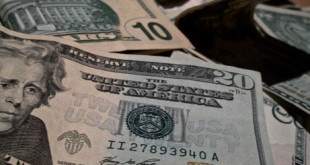One of the best things you can do when buying stocks is procrastinate. If you want to buy a stock, take a deep breath. Chances are you will probably be able to buy that stock at a better price later. How good a chance, you ask? I can tell you.
I looked at the last 250 days of trading in $SPY, roughly a year’s worth of data. Other stocks or ETFs may vary, but if I ran the data, I kind of doubt it will vary much.
Buying at the open is considered to be amateur hour, and yeah, that the way it works out. Over the last year, if you waited to after the open, you got a better price 248 out of the 250 days, that’s 99.2%. But, there were two days that the market went straight up from the open. Not to worry, though, if we waited until the next day in one case, or three days later in the other, you could have got a better price.
Of course, the professionals, we are told, buy near the close. I’m sure they get the best price then, yeah? Just a little better. 206 times you could have gotten a better price the next day compared to previous day’s closing price, that’s 82.4%. Don’t buy at the close, either.
Are there some days you consider yourself the world’s worst trader. You could caught buying the high of day, maybe as part of short squeeze? Yes, bad things happen. 92.8% of the time you can get a better price the next day. So, if you do make a mistake and buy at the high, don’t expect to get bailed out the next day.
Oh, you’re the world’s best trader? You can consistently buy at the lows of the day? Great, but don’t think about holding. Even if you buy at the low of the day today, 45.6% of the time you’ll be able to buy it lower tomorrow. Think about that. Almost half the time, a perfect trade will end up losing the next day.
The moral to the story? Don’t try to be perfect when buying stocks. It won’t even help.
Comments »





